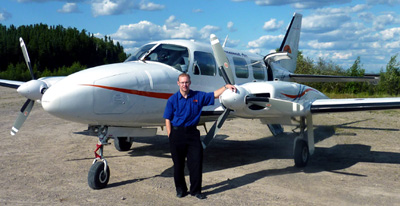
Simviation Forums
Flight Simulator and other chat


The second part of your question is about when to use pitot heat. In reciprocating engine aircraft, pitot heat is typically turned on prior to flight into visible moisture. This is usually done even if the temperature is above freezing. If the temperature is around freezing but there is no visible moisture, there is no need for pitot heat. Most jet aircraft will leave the pitot heat on for the entire duration of the flight, regardless of the weather conditions.


The second part of your question is about when to use pitot heat. In reciprocating engine aircraft, pitot heat is typically turned on prior to flight into visible moisture. This is usually done even if the temperature is above freezing. If the temperature is around freezing but there is no visible moisture, there is no need for pitot heat. Most jet aircraft will leave the pitot heat on for the entire duration of the flight, regardless of the weather conditions.
Indeed. I don't think there are too many disadvantages to having it on all the time anyway.
 ...!
...!
..and of course, those of us with piston prop, normally aspirated engines, also have to remember to apply our Carburetor Heat at regular intervals, (especially before closing the Throttle), the prevent Carburetor Icing! ....again this puts a strain on the Battery if left on unnecessarily.


..and of course, those of us with piston prop, normally aspirated engines, also have to remember to apply our Carburetor Heat at regular intervals, (especially before closing the Throttle), the prevent Carburetor Icing! ....again this puts a strain on the Battery if left on unnecessarily.
I think you're getting confused here Paul. Carburettor heating on a normally aspirated piston engine is done with hot air diverted from the engine exhaust manifold. No electric power is involved. This can reduce the available power from the engine so be careful when you use it.

 ..!
..! ...!
...! ....!
....! ...!
...!

I think you're getting confused here Paul. Carburettor heating on a normally aspirated piston engine is done with hot air diverted from the engine exhaust manifold. No electric power is involved. This can reduce the available power from the engine so be careful when you use it.
Apply heat before closing the Throttle prior to landing, and cancel Carb Heat before touch down, if an aborted landing becomes necessary and maximum power is required for go-around, ....or a touch-and-go.....!


I wouldn't be doing anything else right before touchdown except flying the airplane! The flare and landing should have your full attention. You shouldn't be fumbling around with the carb heat. It can be closed after touchdown. Should a go-around be needed, carb heat in, full power!
Also Brett.... #2 - Never on until airborne.
Pitot Heat is usually a line-up checklist item. I always turn it on while taxiing on to the active, along with transponder and lights. If you have to wait awhile before takeoff, then leave it off.



 ...!
...!
A careful study of that covers most everything, and puts you in good stead for managing most Aircraft......!




I should point out that quite a lot of light aircraft have no carb heat control or heated pitot head. I'm thinking specifically of the Tiger Moth but there are many others.A careful study of that covers most everything, and puts you in good stead for managing most Aircraft......!
Paul. I've noticed a worrying trend towards Americanisms in your recent posts. First carburetor & now this.

 ...
...  ...
...  ...!
...! ...
...  ...!
...! ...!
...! ....!
....!
Users browsing this forum: No registered users and 155 guests